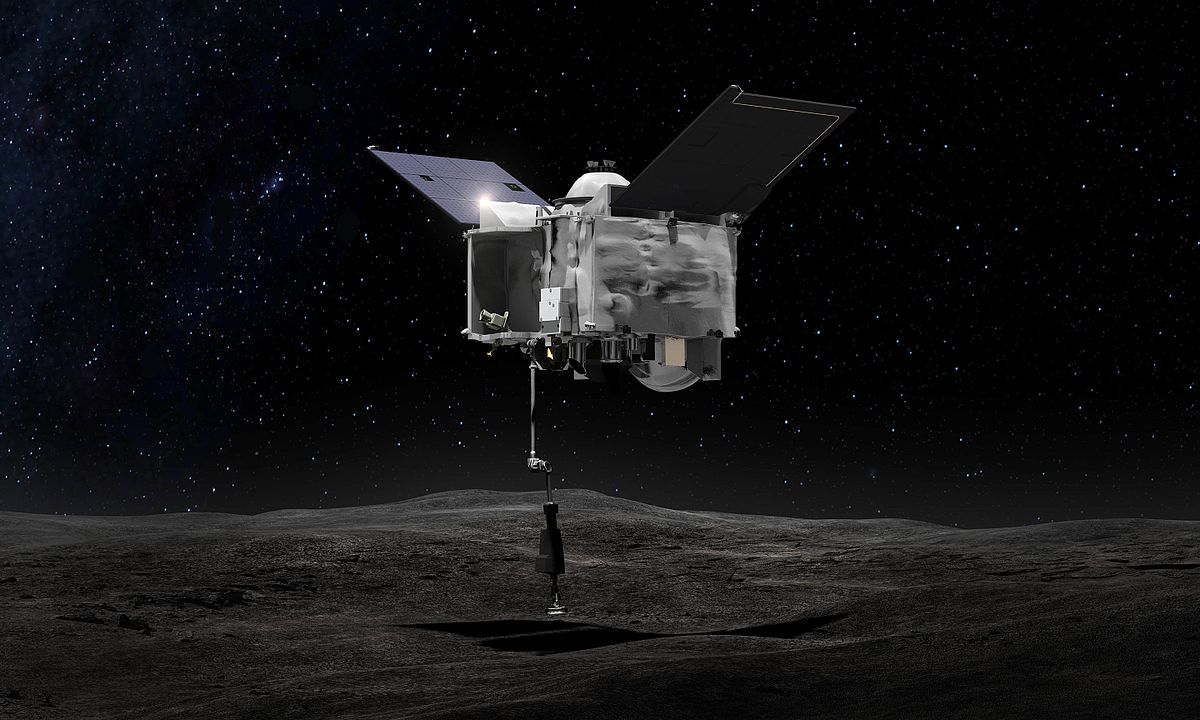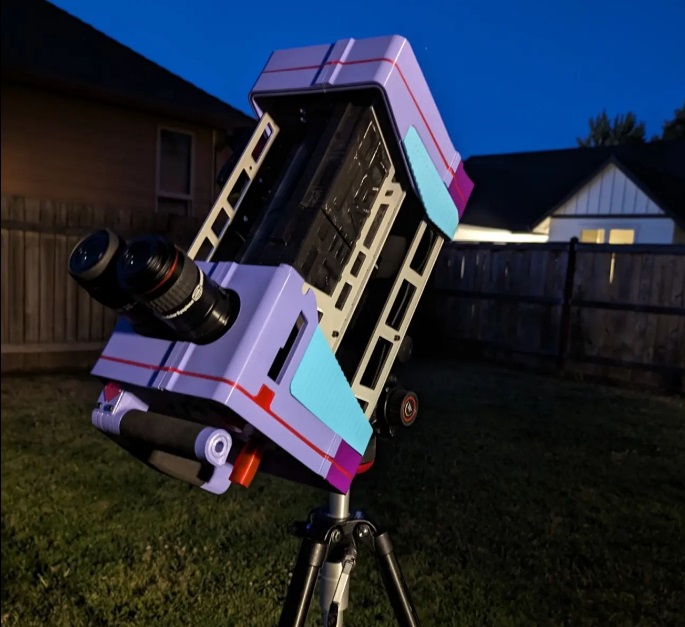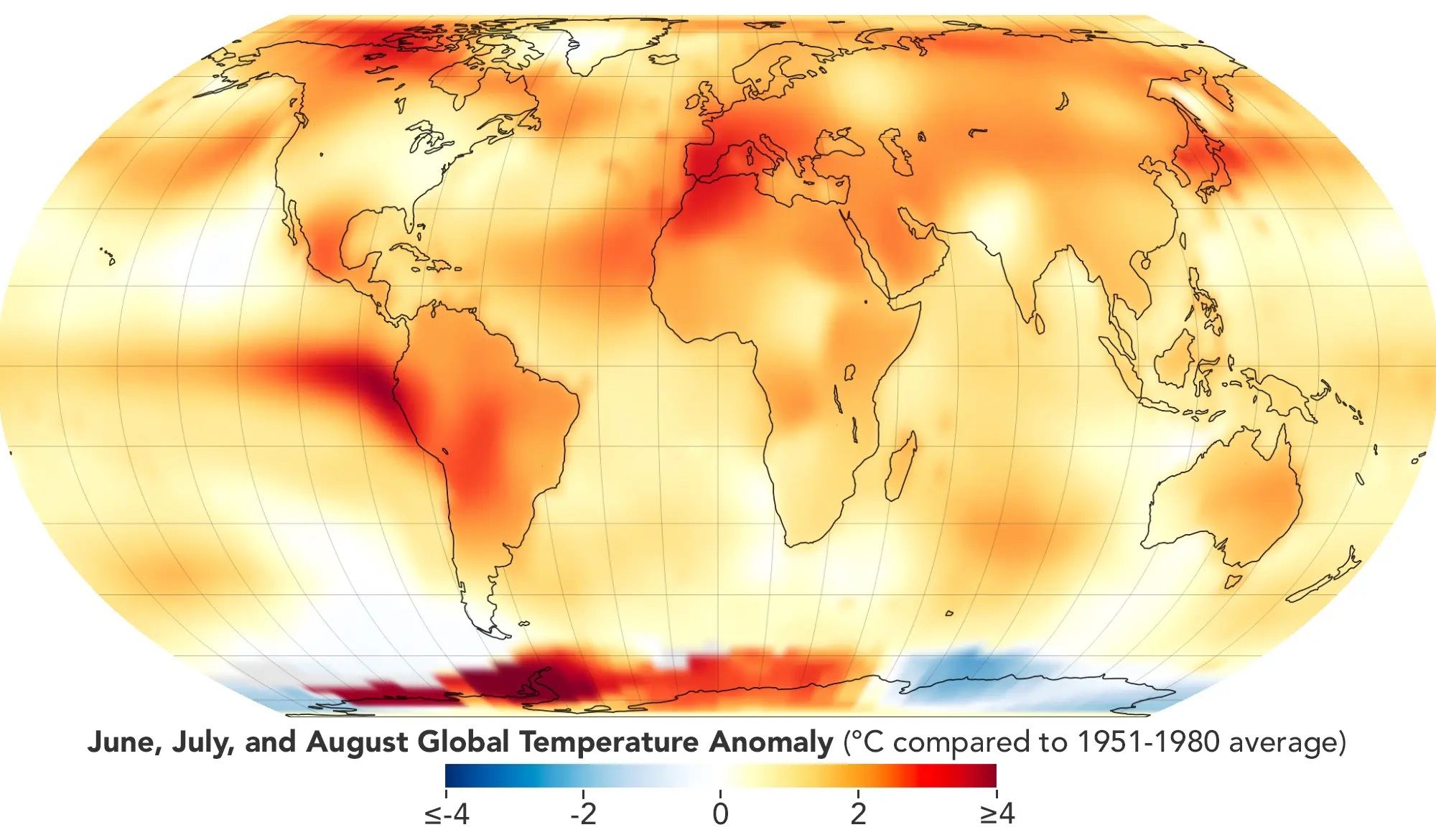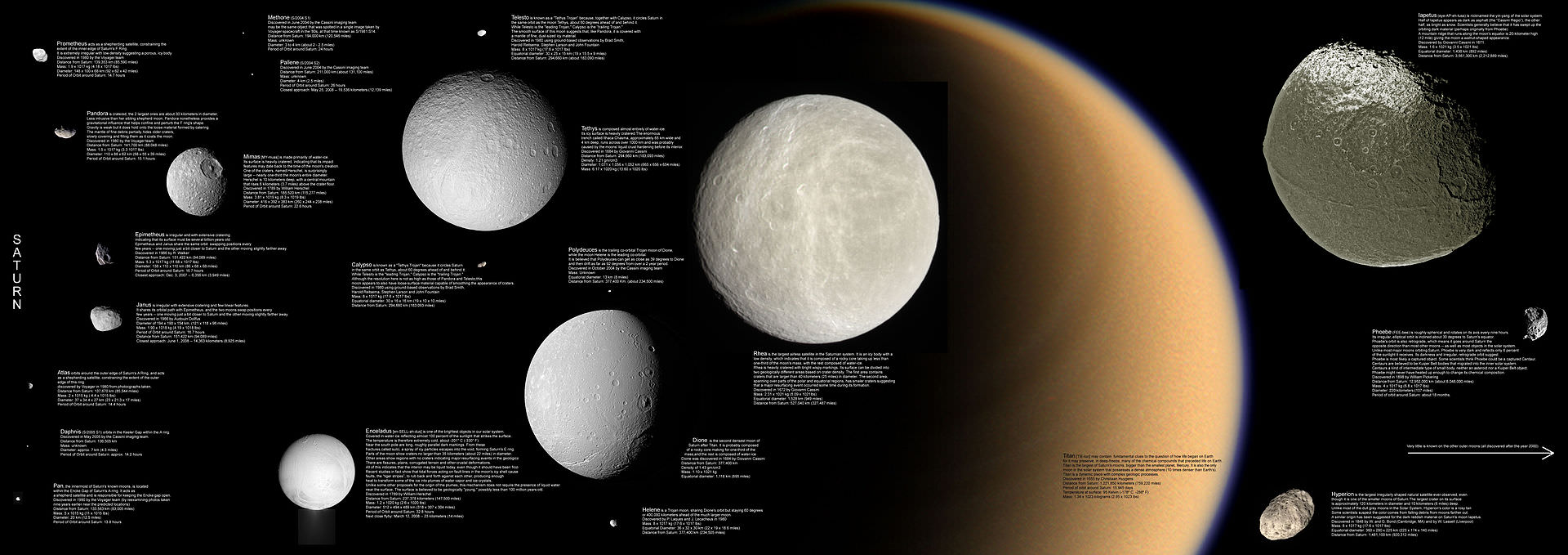On September 8th, 2016, NASA’s OSIRIS-REx (Origins, Spectral Interpretation, Resource Identification, Security, Regolith Explorer) mission launched from Earth. Its primary mission was to rendezvous with the asteroid Bennu, a carbonaceous Near-Earth Asteroid (NEA), obtain samples from its surface, and return them to Earth for analysis. On December 3rd, 2018, the mission reached Bennu and spent the next two years searching for the optimal place to retrieve these samples. Tomorrow, on Sunday, September 24th, the mission will finally deliver these samples to Earth for analysis.
Last week, on Saturday, September 16th, the OSIRIS-REx mission was spotted by the ESA’s Optical Ground Station (OGS) 1-meter telescope on the island of Tenerife, Spain. The spacecraft was still 4.66 km million (2.9 million mi) from Earth, but well on its way to returning. This will be the last time OSIRIS-REx will be spotted by ground-based telescopes before it reaches Earth to deliver its sample and heads back out into space.
Continue reading “OSIRIS-REx Returns This Sunday!”









